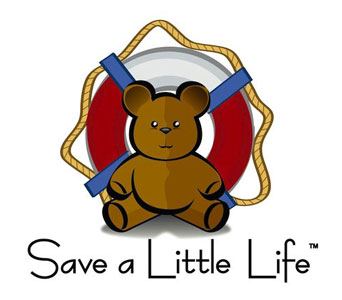AVOID POTENTIAL CHOKING RISKS
Every so often the national media is alive with stories about one medical issue or another. More often than not, it is presented as a crisis – requiring immediate attention and renewed national focus. For those of us in the field of emergency pediatric care the risk of choking has always been on the front burner and is a significant part of our prevention and emergency response strategy.
The principal culprit in this instance was the risk of choking, associated with hot dogs. Given the specific focus on hot dogs, the American Academy of Pediatrics (AAP) recently repeated a warning to parents that hot dogs can be a significant risk for fatal and near-fatal airway obstruction (in 1-3 year olds.)
Choking deaths in this age group have been and remain a leading cause of fatalities. It has always been a priority for the AAP and related organizations requiring parents, family members & care providers to remain vigilant at all times.
This renewed policy statement should send a clear message that primary prevention of choking is the key to minimizing the risk for these fatal accidents. In addition, the U.S. Consumer Products Safety Commission (cpsc.gov) plays an important role in the educational process…again, with a strong emphasis on prevention and emergency training.
Clearly, there are other items (edible and otherwise) that pose a significant risk for fatal choking events in the 1-3 year age group. These include, but are not limited to:
- Foods of a certain size and shape
- Coins
- Small toys or parts that are easily removed
- Small batteries
- Stones
- Buttons
- Pills
The characteristics (size, shape & consistency) of these products continue to demand that all individuals caring for this age group be keenly aware of the risks involved. This also includes the knowledge and ability to respond in the event of an airway crisis.
At Save A Little Life ™ we continue to focus on these risks
with particular attention to family education
The cardinal rules of choking prevention include:
- Provide only appropriate sized/shaped foods, emphasizing the cutting of these into small(er) pieces as well as cutting lengthwise for smaller mouths and airways
- Be present and focused on all infants, toddlers and small children when they are eating any food or snacks
- Require that toddlers remain seated and observed while eating
- Avoid feeding infants, toddlers and children while in a moving vehicle
- Observe older children when they are near babies as they may offer a dangerous item without your knowledge
- Involve EVERYONE who has solo time with babies, toddlers and children in prevention education related to this topic
All responsible family members and care providers
need to remain current in basic CPR skills
If your family employs a primary Spanish speaker (even if you think their English is pretty good,) have them take the course in their native language as it increases their comprehension, so outcomes will be improved.
Ultimately, this effort is about enhanced risk reduction. We cannot prevent all cases of choking but we can minimize the risks and, certainly, be ready if your best efforts at prevention fail.
ANOTHER CHILD SAVED
Richard, I thought I’d share this story. Our son choked on a strawberry on the very day of his fourth birthday. It was a classic case, I think – he ran around like crazy, sat down to eat his birthday cake and was so excited and eating so fast that he didn’t pay attention.
He wanted to swallow a piece of strawberry without chewing it properly and it got stuck in his throat. He went completely silent and started flapping his arms. We were all around him so we acted very quickly. I remembered most of the techniques from taking your class but all I had to do is the Heimlich and, luckily enough, the fruit came out after my first attempt. I was really shocked by the speed it shot out of his mouth with.
Later in the evening, he complained about abdomen pain but at least he was alive!
Thank you for all your work and effort to educate the communities around you.



